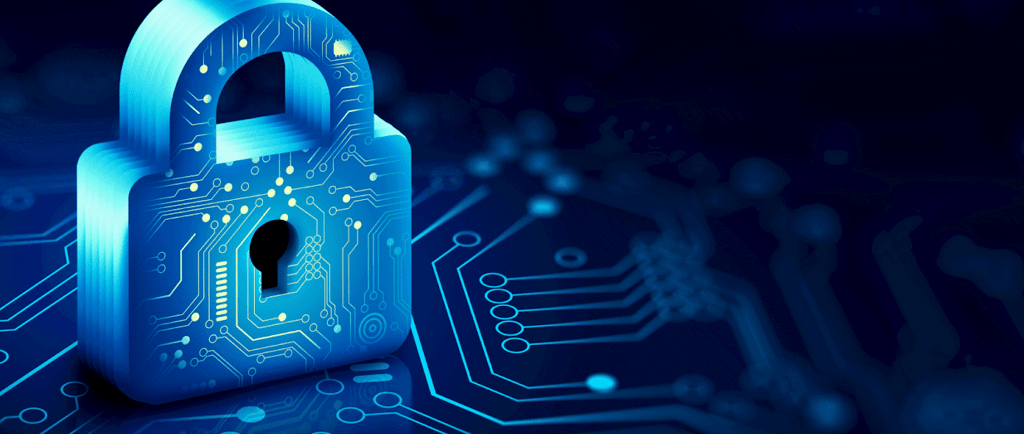items chosen one by one so you have the best option and save money on amazon (Links in articles)
How Blockchain Is Reshaping the Future of the Internet
The internet is going through a massive transformation. As centralized platforms face growing criticism over privacy, control, and trust, a decentralized alternative is rapidly gaining ground—blockchain technology. While it's often associated with cryptocurrencies like Bitcoin, blockchain is much more than that. It's a technological revolution that’s reshaping the internet itself. This new wave is often called Web3, and it promises a future where users regain control of their data, digital assets are verifiable, and trust is embedded in code—not corporations. In this article, we’ll explore how blockchain is driving this change, the core benefits it brings to the digital world, and how it will transform the internet as we know it.
5/22/20253 min leer


What Is Blockchain Technology?
Blockchain is a decentralized, immutable digital ledger that records transactions across a network of computers. Unlike centralized systems, where data is stored on a single server or platform, blockchain distributes data across many nodes. This makes it secure, transparent, and resistant to censorship or tampering.
At its core, blockchain is about trust without intermediaries—users can verify actions, transactions, and ownership without needing to rely on a central authority.
Amazon TECH DEALS: https://amzn.to/3Fo6ned
Key Features Powering the Blockchain Internet
1. Decentralization
Traditional internet platforms like Facebook, Google, or PayPal control user data and access. With blockchain, there’s no single point of failure or control. Data is distributed, and anyone can participate in the network.
This makes platforms more resilient and gives users greater sovereignty over their digital lives.
2. Transparency and Immutability
Every action on a blockchain is recorded and visible to the public (or at least to network participants). Once data is entered, it cannot be altered, which drastically reduces fraud and manipulation.
This has huge implications for:
Voting systems
Supply chains
Digital identity
Financial transactions
3. Smart Contracts
Smart contracts are self-executing agreements written in code. They run on the blockchain and automatically enforce the terms of a contract without human involvement.
They enable the creation of decentralized applications (dApps) that can function autonomously, transparently, and with minimal risk of manipulation.
Real-World Applications of Blockchain Beyond Crypto
Decentralized Finance (DeFi)
DeFi platforms allow users to lend, borrow, earn interest, and trade assets without banks or brokers. Blockchain ensures that transactions are transparent and auditable, and smart contracts eliminate the need for middlemen.
Popular DeFi platforms like Aave, Uniswap, and Compound are handling billions in daily transactions.
Amazon TECH DEALS: https://amzn.to/3Fo6ned
Digital Identity and Privacy
With blockchain, users can own and control their digital identity, sharing only the data necessary for a specific interaction. This eliminates the need for centralized databases full of sensitive personal information.
Projects like Civic and uPort are building blockchain-based identity solutions to reduce fraud and enhance privacy.
Supply Chain Transparency
Blockchain is transforming supply chains by providing real-time tracking of goods and verifiable records of origin. Consumers can now verify where their food, clothing, or electronics came from.
Companies like IBM and Walmart are already using blockchain to increase trust and efficiency in global logistics.
NFTs and Digital Ownership
Non-fungible tokens (NFTs) have revolutionized digital ownership. Artists, creators, and collectors can now verify authenticity and ownership of digital assets through the blockchain.
But beyond art and music, NFTs are paving the way for tokenized real estate, digital credentials, and in-game items with real-world value.
The Rise of Web3: The Next Evolution of the Internet
Web1 was static and read-only.
Web2 brought social interactivity but at the cost of centralization.
Web3, powered by blockchain, is about user ownership, decentralization, and transparency.
Some key principles of Web3 include:
Decentralized storage (e.g., IPFS, Filecoin)
Token-based economics
Community governance
Interoperability between platforms
Web3 aims to distribute value more fairly, reduce corporate dominance, and make the internet truly open and trustless.
Amazon TECH DEALS: https://amzn.to/3Fo6ned
The Challenges Ahead
While the future looks promising, blockchain still faces several obstacles:
Scalability: Current networks like Ethereum struggle with congestion and high gas fees.
User experience: Wallets, transactions, and private key management are complex for average users.
Regulatory uncertainty: Governments are still figuring out how to regulate blockchain-based systems, especially DeFi and crypto.
However, with innovations like layer 2 scaling (e.g., Polygon), zero-knowledge proofs, and regulatory sandboxes, the ecosystem is evolving quickly.
Why You Should Pay Attention
Blockchain isn’t just for coders, traders, or tech geeks. It's for anyone who values privacy, security, and freedom online.
In the next decade, we’ll likely see:
Blockchain-integrated websites
Secure, self-owned digital identities
Decentralized finance accessible through everyday apps
Entire businesses and organizations run through Decentralized Autonomous Organizations (DAOs)
If you’re online, blockchain will affect your life—possibly sooner than you think.





